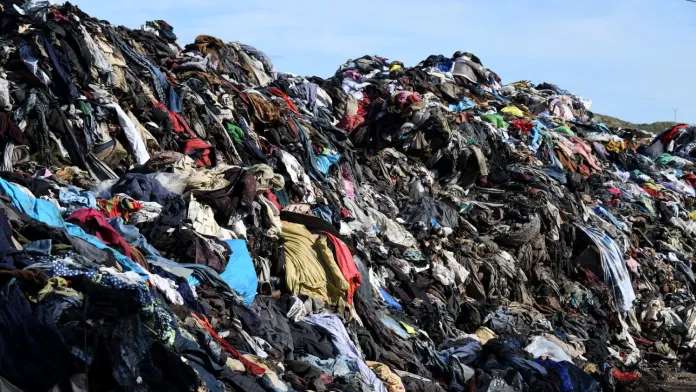
On September 28, in a landmark move towards environmental sustainability, California governor Gavin Newsom signed Senate Bill 707, the Responsible Textile Recovery Act of 2024, into law. This legislation establishes the nation's first extended producer responsibility (EPR) program for textile recycling, aiming to curb the growing issue of textile waste and its environmental impact.
All about the Act
The Act mandates apparel and textile producers take responsibility for the entire lifecycle of their products, including repair, recycling, and reuse. This means producers will be required to join a producer responsibility organization (PRO) and submit a plan to the Department of Resources Recycling and Recovery (CalRecycle) for the collection, transportation, and processing of textile waste. The program is set to be implemented by January 1, 2028, with convenient drop-off locations for used textiles to be established across the state.
The fashion industry is a major contributor to global carbon emissions and pollution. The Responsible Textile Recovery Act of 2024 specifically addresses the environmental impact of fast fashion and the throwaway culture it has given rise to. By holding producers accountable for the end-of-life management of their products, the law aims to promote a more sustainable and responsible approach to textile production and consumption.
Act’s impact on market and supply chain
This legislation is expected to have a significant impact on the textile industry, both within California and potentially nationwide:
Reduced landfill waste: By promoting textile recycling and reuse, the law aims to drastically reduce the amount of textile waste ending up in landfills, which currently stands at approximately 1.2 million tons annually in California alone.
Circular economy: The Act encourages a shift towards a circular economy for textiles, where materials are kept in use for as long as possible, reducing the need for virgin resources and minimizing environmental impact.
Innovation and investment: The legislation is expected to drive innovation in textile recycling technologies and infrastructure, creating new opportunities for businesses and potentially boosting job creation.
Supply chain changes: Apparel and textile producers will need to adapt their supply chains to incorporate end-of-life management of their products, potentially leading to increased costs and logistical challenges. However, it could also incentivize more sustainable production practices and the use of recycled materials.
Consumer awareness: The establishment of widespread textile drop-off locations and public awareness campaigns are likely to increase consumer awareness about textile waste and encourage responsible disposal and recycling practices.
With this legislation, California is setting a precedent for other states and countries to follow in tackling the growing problem of textile waste. The Responsible Textile Recovery Act of 2024 represents a significant step towards a more sustainable future for the textile industry and the environment.
However, some industry stakeholders have raised concerns about the potential costs and logistical challenges associated with implementing the new requirements. Therefore, the success of the program will depend on effective collaboration between producers, recyclers, and consumers.












